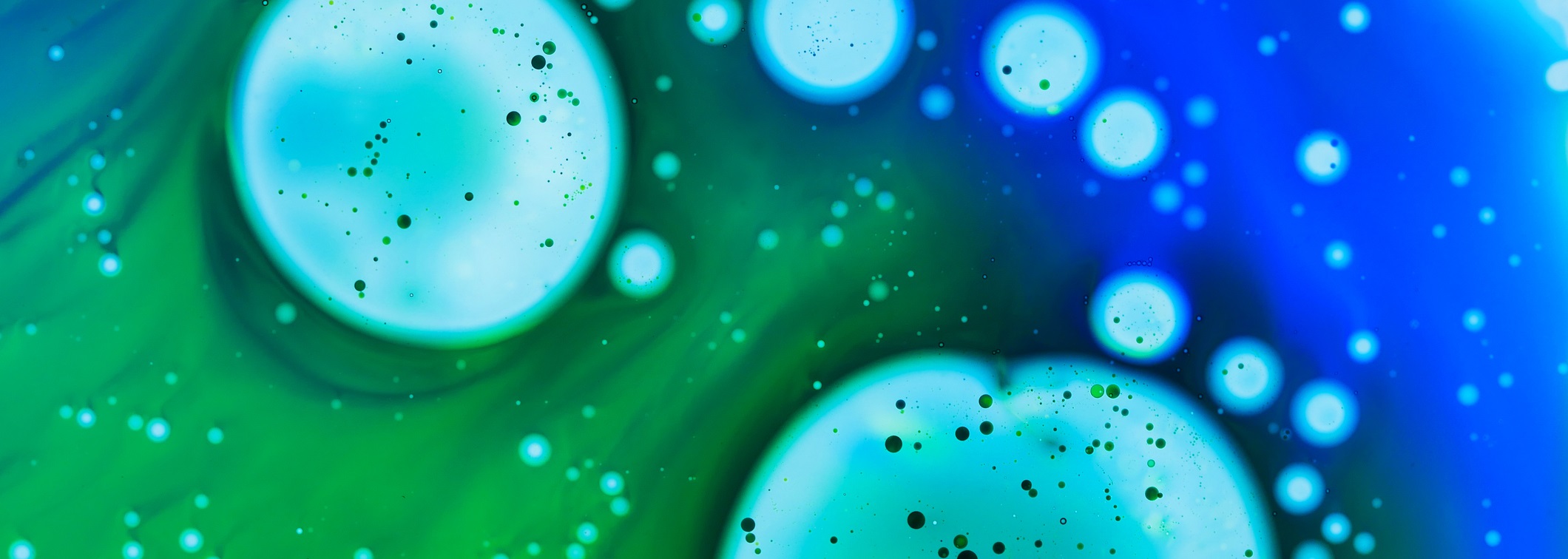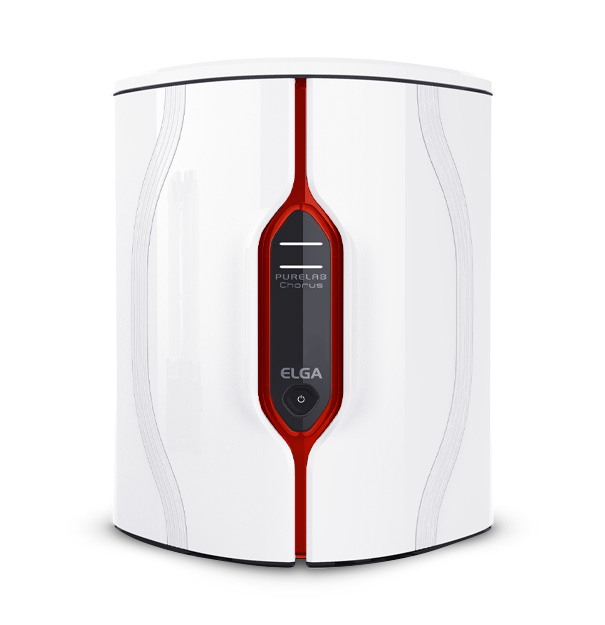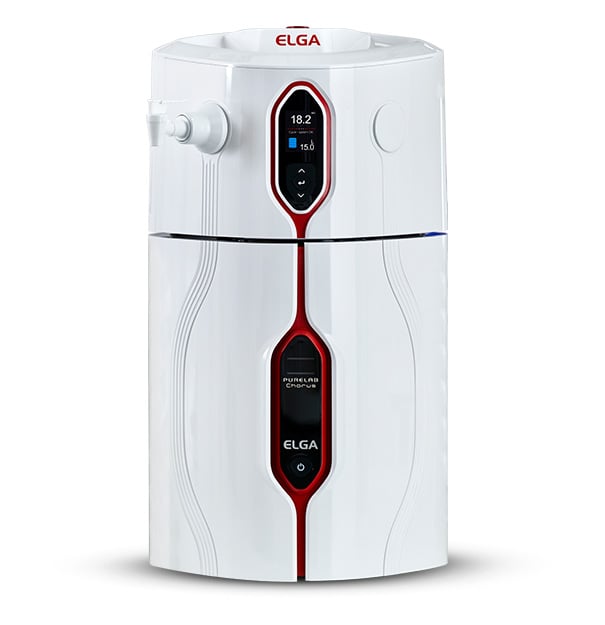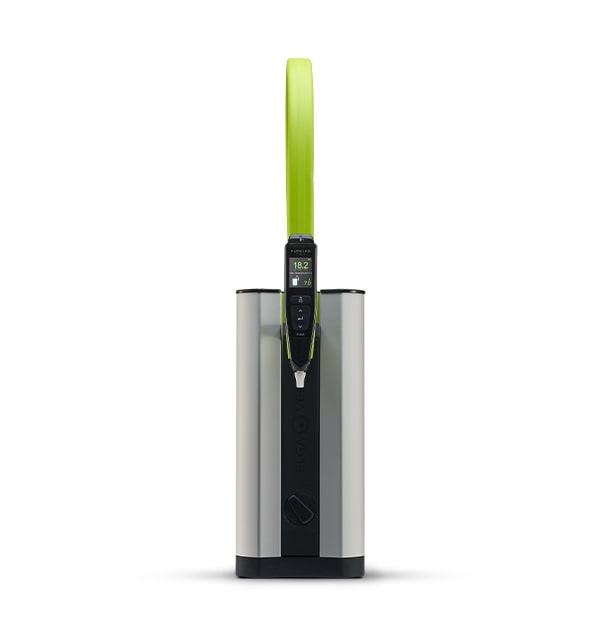Electrochemistry

Electrochemistry is the branch of chemistry that studies the relationship between electricity, as a measurable quantity, and chemical change. The electrochemical analysis techniques used in laboratories are mainly classic potentiometry, coulometry, voltammetry and polarography. A wide range of other techniques using electrical signals or associated effects have evolved recently such as scanning electrochemical microscopy and electrogenerated chemiluminescence.
How Does Electrochemistry Work?
In potentiometry, coulometry, voltammetry and polarography an electrical cell is set up and electro-active species detected based on their electrode potential. There are numerous variants of the basic techniques.
In potentiometry the difference in electrode potential between a pair of electrodes, placed in the sample solution, is measured. This is used to monitor titrations or as a direct measure of concentration, e.g. with ion selective electrodes (ISE).
Ion-selective electrodes are membrane electrodes that produce an electrical potential depending on the activity of ions dissolved in a solution. The potential can be measured using a pH meter or a voltmeter. The pH electrode is the most commonly used ISE. It includes a thin glass membrane that is sensitive to the H+ concentration in a solution. Enzyme electrodes use a special membrane that covers an ISE; an enzyme reacts with a specific substance, and the ISE detects the product of this reaction.
In coulometry the amount of matter transformed during an electrolysis reaction is determined by measuring the amount of electricity (in coulombs) consumed or produced.
In voltammetry, an electrical potential applied to a working electrode is varied and the resultant current is recorded. The transfer of an electron between an oxidised and reduced species occurs at a potential specific for each analyte at the electrode/solution interface. The sensitivity can be greatly increased by using an electrolysis step to concentrate the trace components of interest on the electrode before the analysis (stripping). The working electrode is often a glassy carbon covered by a thin film of gold or mercury. In polarography a mercury drop is used.
A wide range of other techniques using electrical signals or associated effects are also available such as scanning electrochemical microscopy (SECM) and electrogenerated chemiluminescence (ECL). SECM is a technique within the broader class of scanning probe microscopy (SPM) that is used to measure the local electrochemical behaviour of interfaces at very high resolution. SECMs are used in microfabrication, surface patterning, and microstructuring.
In ECL, electrochemically generated intermediates produce an electronically excited state that then emits light upon relaxation to a lower-level state. It has found wide application in sensors for bio-related applications e.g. in Ru tagged antibody based immunoassays, Ru Tagged DNA probes for PCR etc., NADH or H2O2 generation-based biosensors for oxalate and organic amine detection. ECL is heavily used commercially for many clinical lab applications.
What Is Electrochemistry For?
Analytical techniques based on electrochemistry are used to measure the concentrations of electro-active species in solution. These include many cations, such as mercury, nickel, cobalt, iron and arsenic, anions and cations with ISEs, pharmaceutical compounds such as aspirin and caffeine and neurochemicals capable of undergoing oxidation reactions. These include neurotransmitters such as serotonin and the catecholamines (e.g., epinephrine, norepinephrine, and dopamine).
Why Would You Use Electrochemistry?
The strengths of electrochemical techniques lie in their modest cost, good sensitivity, their suitability for direct species measurement in difficult matrices, such as seawater, and the scope they provide for direct speciation, e.g. As(III) and AS(V) and Se(IV), selenocystine and dimethyldiselenide.
Pure water is used extensively throughout electrochemical analyses for preparation of standards, blanks and samples as well as for rinsing cells. Any electro-active species present in the water could interfere with the analyses. Clearly, the more sensitive the analysis the more critical is the purity of the water.
What Types Of Contaminants In Water Can Affect Electrochemical Results?
The principal impurities in water that affect electrochemistry are electro-active species, these may be organic or inorganic.
1. Organic Compounds
The presence of organic compounds in any water used for electrochemistry can cause a number of problems. These include interfering with the reactions on the electrode surface and producing alternative electrical signals.
2. Ions
Ions in water can also cause overlapping signals and interact with the species being measured to alter its electrical properties and the results obtained.
3. Bacteria and Particulates
Bacteria and particulates can, over time, build up and can cause drift and degrade components. Bacteria can also produce interfering electro-active degradation products.
What Are The Water Purity Requirements For Electrochemistry?
The water purity required depends on the sensitivity of the applications. For general analysis Type II water will be sufficient but for sensitive work very low levels of impurities are essential. Resistivity >18 MΩ.cm and TOC values below 10ppb are highly desirable for the most sensitive applications.
Sensitivity | Resistivity (MΩ.cm) | TOC (ppb) | Filter (µm) | Bacteria (CFU/mL) | Endotoxin | Nuclease | Water Grade |
General | >5 | <50 | <0.2 | <10 | NA | NA | Type II/II+ |
High | >18 | <10 | <0.2 | <1 | <0.03 | NA | Ultrapure Type I |
How Does ELGA Solve Water Purity Problems For Electrochemistry?
ELGA’s expertise and long-established reputation ensure that its experienced team can help customers to determine the particular water purity requirements for their applications. The Company offers a number of water purification systems that have been proved to meet the requirements for electrochemistry. For example, the bench-top PURELAB Chorus 1 Analytical Research point-of-use system consistently delivers ultrapure water of 18.2 MΩ.cm (Type I) while the Chorus 2+ provides type II water.
Conclusion
For high sensitivity electrochemistry it is important to ensure that the water used to prepare reagents, blanks, samples and standards does not introduce contamination. The use of Type I is preferred. For less critical applications a water purification system producing Type II water would be highly suitable.














